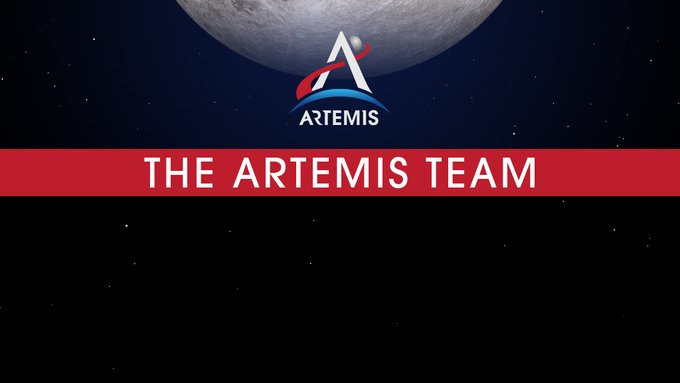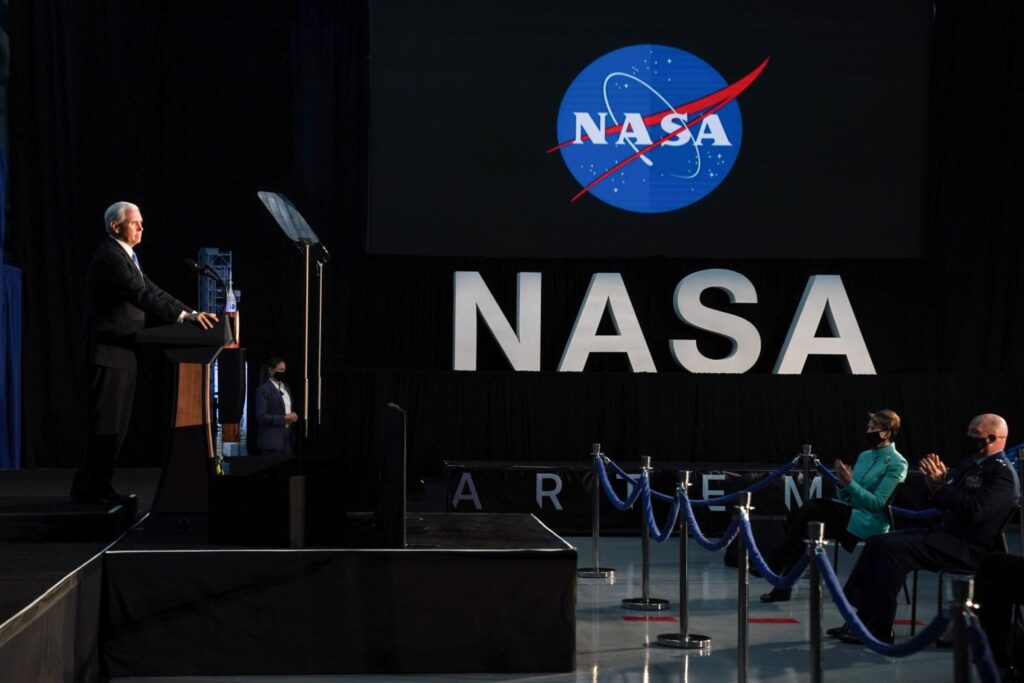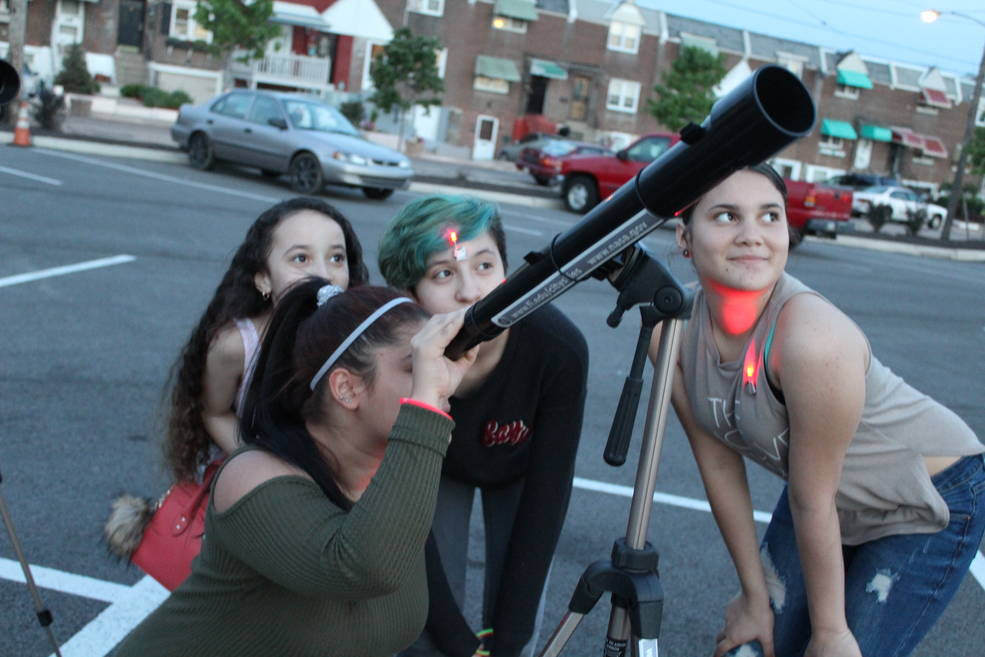NASA and its partners will establish a sustainable human presence on the Moon by the end of the decade and prepare for sending astronauts farther into the solar system, including Mars
 KRC TIMES Desk
KRC TIMES Desk

NASA has selected 18 astronauts from its corps to form the Artemis Team and help pave the way for the next astronaut missions on and around the Moon as part of the Artemis program.

Vice President Mike Pence introduced the members of the Artemis Team Wednesday during the eighth National Space Council meeting at NASA’s Kennedy Space Center in Florida.
“I give you the heroes who will carry us to the Moon and beyond – the Artemis Generation,” said Vice President Mike Pence. “It is amazing to think that the next man and first woman on the Moon are among the names that we just read. The Artemis Team astronauts are the future of American space exploration – and that future is bright.”
The astronauts on the Artemis Team come from a diverse range of backgrounds, expertise, and experience. The agency’s modern lunar exploration program will land the first woman and next man on the Moon in 2024 and establish a sustainable human lunar presence by the end of the decade.
NASA will announce flight assignments for astronauts later, pulling from the Artemis Team. Additional Artemis Team members, including international partner astronauts, will join this group, as needed.
“We are incredibly grateful for the president and vice president’s support of the Artemis program, as well as the bipartisan support for all of NASA’s science, aeronautics research, technology development, and human exploration goals,” said NASA Administrator Jim Bridenstine. “As a result, we’re excited to share this next step in exploration – naming the Artemis Team of astronauts who will lead the way, which includes the first woman and next man to walk on the lunar surface.”
The astronauts of the Artemis Team will help NASA prepare for the coming Artemis missions, which begin next year working with the agency’s commercial partners as they develop human landing systems; assisting in the development of training; defining hardware requirements; and consulting on technical development. They also will engage the public and industry on the Artemis program and NASA’s exploration plans.
“There is so much exciting work ahead of us as we return to the moon, and it will take the entire astronaut corps to make that happen,” Chief Astronaut Pat Forrester said. “Walking on the lunar surface would be a dream come true for any one of us, and any part we can play in making that happen is an honor. I am proud of this particular group of men and women and know that any of them would do an outstanding job representing NASA and the United States on a future Artemis mission.”
Ahead of a human return, NASA will send dozens of new scientific investigations and technology experiments to the Moon beginning in 2021 through the Commercial Lunar Payload Services initiative.
NASA and its partners will establish a sustainable human presence on the Moon by the end of the decade and prepare for sending astronauts farther into the solar system, including Mars.
For more information on the Artemis Team, visit:





